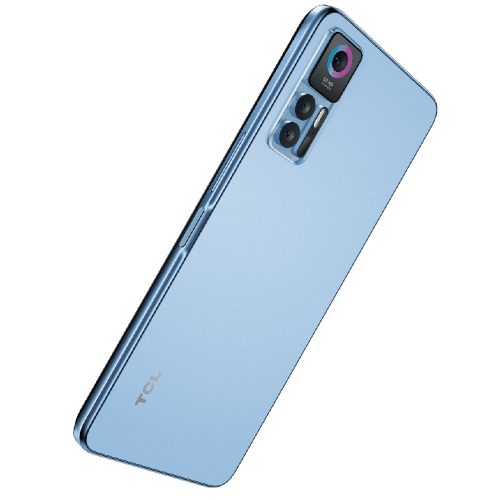TCL 30+ review: Where’s the plus bit?
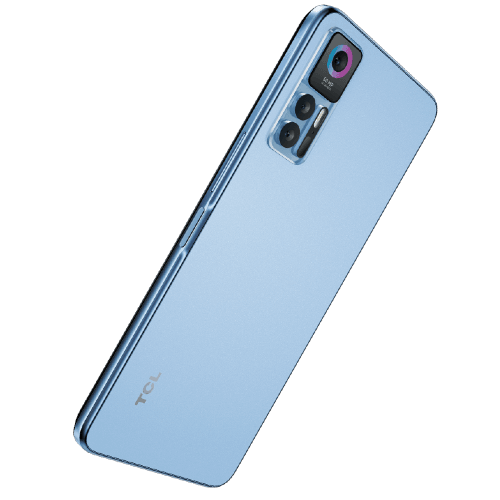
-
- Battery Score
2.5
- Camera Score
2.5
- Design Score
3
- Performance Score
2
- Battery Score
2.5
Summary
Quick verdict: The TCL 30+ hits the basics for a mid-range phone, but it never really goes any further than that, lagging well behind the best phones in this price space.
- Fair battery life
- Choice of colours
- It has a headphone jack
- Slower than other $399 smartphones
- Limited useful cameras despite “50MP AI Triple Cam”
- Short period of Android updates
Details
Pricing & Availability
| RRP | $399 |
| Launch date | 2022-04 |
The TCL 30+ is a $399 smartphone that doesn't quite measure up to that price point. When you consider that $399 is either the upper fringe of the budget space or the entry level for the mid-range – you'll realise that this is an ultra-competitive space.
The TCL 30+ doesn't make any major missteps along the way. The problem is that it also doesn't do much to make it stand out, with slower performance, mediocre cameras and a dull design. At a much cheaper price it'd be worth considering, but at $399, you can do better.
Design: Basic, but fine
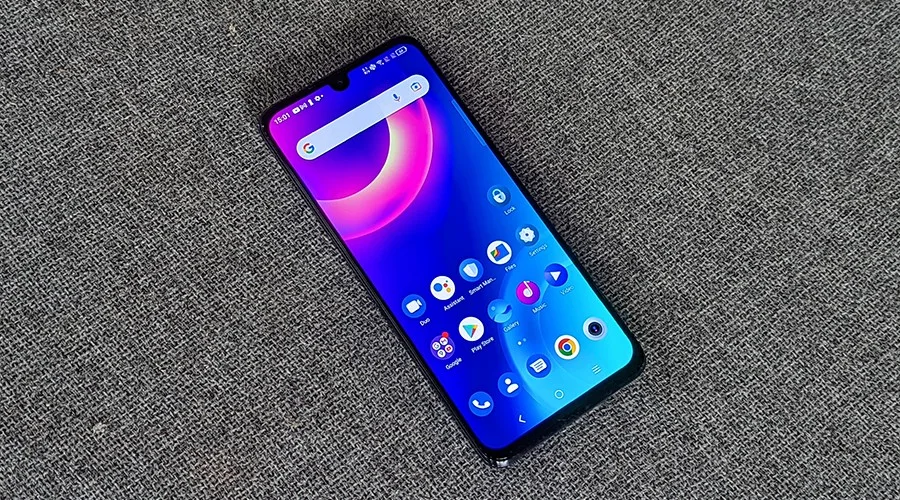
Image: Alex Kidman/Finder
TCL sells the TCL 30+ in Australia in just 2 shades, "Tech Black" and "Muse Blue". The design is plain and simple, but effective enough, and is built around a 6.7-inch AMOLED display.
Its resolution sits at 1080x2400 with a prominent teardrop notch in the middle to house the front-facing camera. As seems to be the style of the time, unlocking the device is via a power button combination fingerprint sensor on the side.
Sadly, I did hit more than a few issues getting the TCL 30+ to accurately read my enrolled digits. Standard fixes such as changing enrolled fingers or re-enrolling fingers did little to improve this, but you can always opt for more traditional passcode or PIN unlock methods if it does go awry on you.
At the rear, the TCL 30+ has a vertically oriented camera array with some unique ridges on it that do make it stand out. It's rather like the array on an old school compact digital camera, at least aesthetically.
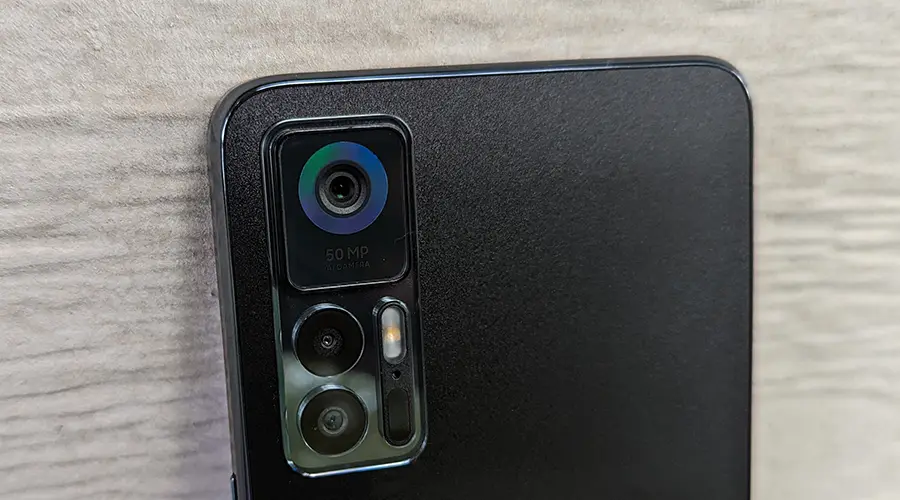
Image: Alex Kidman/Finder
Unlike some competitors that are starting to offer 90Hz or better screens in the mid-range, TCL has stuck to a standard 60Hz panel for the TCL 30+. It does have the benefit of TCL's NXTVision platform, which enhances colour and vibrance for photos and videos.
It is something of a taste and content matter as to whether you'll prefer NXTVision's more saturated look, of course.
Overall, the entire package felt more like one of TCL's cheaper Alcatel-branded phones than the more premium design style that TCL apparently wants to aspire to.
There's little wrong here – if I wanted to be really picky, the headphone jack port at the base isn't centrally mounted which looks a little odd – but there's also nothing particularly exceptional either.
TCL 30+ review: Not quite a triple camera system
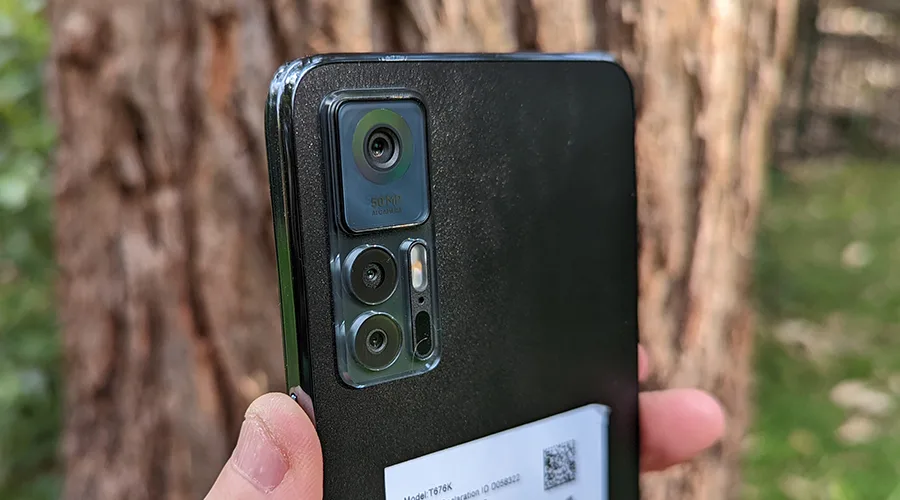
Image: Alex Kidman/Finder
The TCL 30+'s impressive camera bump might make you think that you're buying a mid-range phone with lots of camera lens features.
The reality is, once again, a touch more mundane. The big lens at the top is your primary camera with a 50MP resolution, which leads TCL to make the claim that it has a "50MP AI Triple Cam" system.
Rather like Motorola has done recently with its newer phones such as the G51 5G, it's not exactly lying... but it's probably not telling you what you think it is.
The other 2 lenses combined don't make 50MP, let alone each by themselves. The other 2 lenses combined and multiplied by 10 don't even get there.
Instead, you get a 2MP macro camera sensor and a 2MP depth sensor to play with. At the front, that large teardrop notch houses a 13MP selfie camera with a 96-degree field of view that TCL somewhat optimistically calls "ultra-wide".
Numbers in smartphone specs aren't the same as actual camera results. I've tested the TCL 30+ out extensively for camera shooting modes, bearing in mind that TCL has yet to deliver me a phone with a really exceptional camera in its price range.
I'm still waiting for that phone to arrive, because while the TCL 30+ is fair for most everyday shots, that's as far as it goes.
Predictably, the 2MP macro lens is tricky to get working with pleasing shots unless you have lots of patience. That's true for nearly everyone's 2MP macro sensors right now, even with a degree of AI optimisation.

Image: Alex Kidman/Finder
The front-facing selfie camera can shoot fair facial shots, though it will quickly struggle in anything less than optimal light. Here's a sample shot of my mug in decent front-facing light:

Image: Alex Kidman/Finder
But when I remove that light source, it gets quite moody… and with a definite loss of detail:

Image: Alex Kidman/Finder
What all of this means is that for most of your shots you're going to be relying on the AI-led 50MP primary sensor. The use of AI for scene detection and image optimisation is nothing new, really. I can't say I loved the TCL 30+ that much even within its lower mid-range price bracket for quality or for that matter AI-led smarts.
As an example, it correctly picked that this is, indeed, a dog:

Image: Alex Kidman/Finder
However, it also thought that this was a dog. So close, TCL 30+. So close.
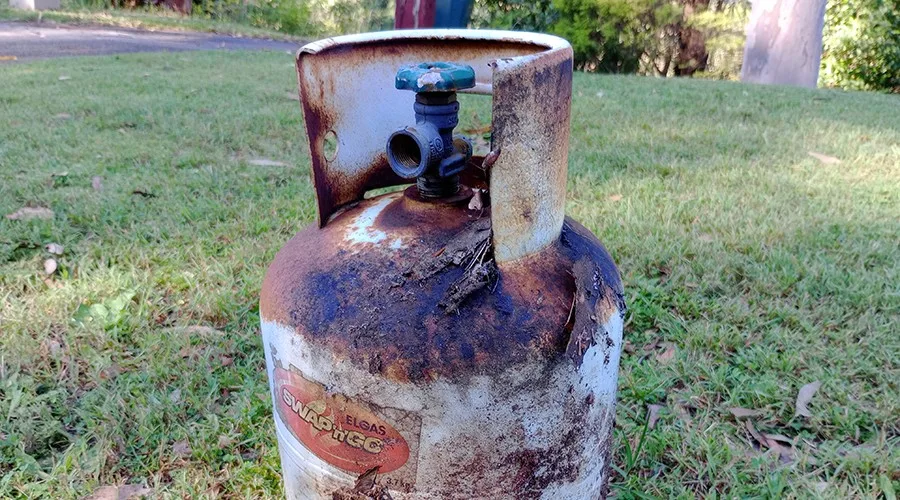
Image: Alex Kidman/Finder
Relying on that primary sensor also means that there's no rear-facing ultra-wide or telephoto lenses. You could use the panorama mode in a pinch for your ultrawides, but for zoom you're reliant on digital cropping only, maxing out at a truly mediocre 4x.
To test this out, I put out some bird food in my feeder and waited for the local wild avians to drop by for a snack. Here's how it looks with no zoom applied. The TCL 30+ still downsamples at this range, unless you specify its "High Pixel" mode:
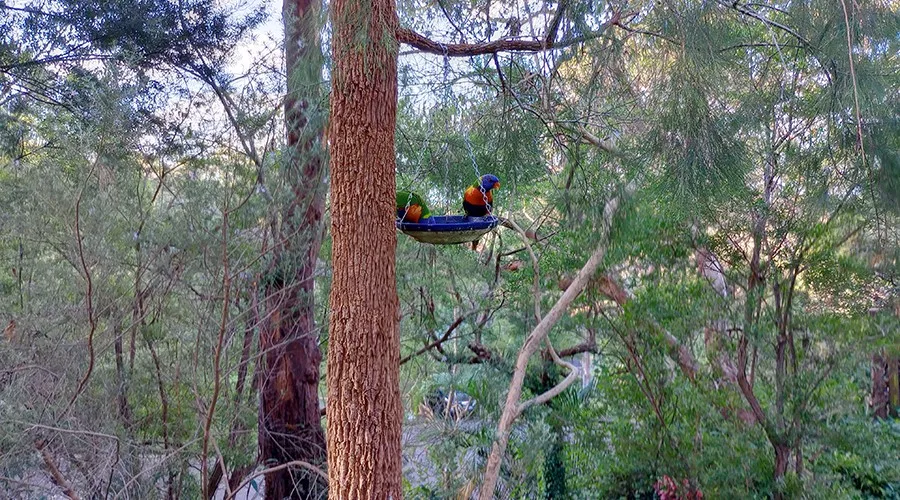
Image: Alex Kidman/Finder
It's decent at 2x zoom (which is of course really just a fancy crop with a side dish of AI optimisation):
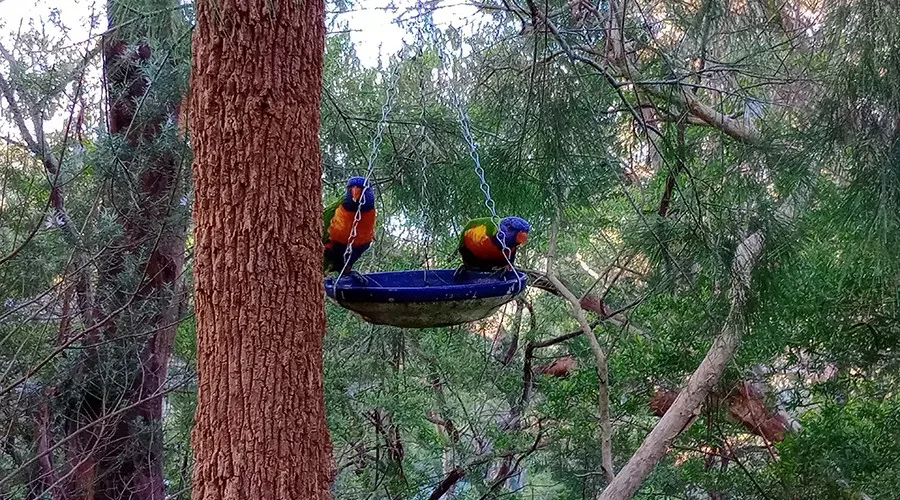
Image: Alex Kidman/Finder
But at 4x zoom the digital cracks are starting to show. Depending on your viewpoint, that's either smart work from TCL by not pushing it too far, or still just limiting because you can't reliably zoom in much more than this:
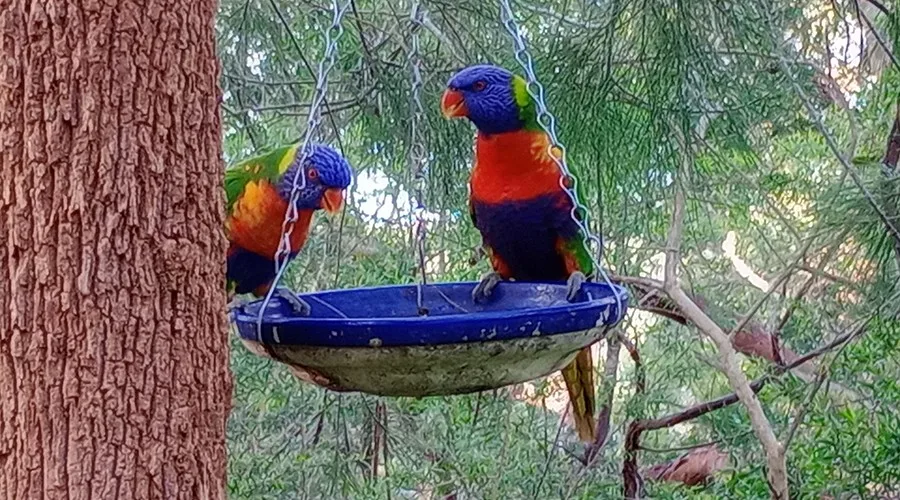
Image: Alex Kidman/Finder
Most everyday smartphone camera users won't hit too many great troubles with the TCL 30+ when taking shots, but equally there's just nothing much here that's all that exciting, and you can do a little better for this kind of money.
TCL 30+ sample photos:
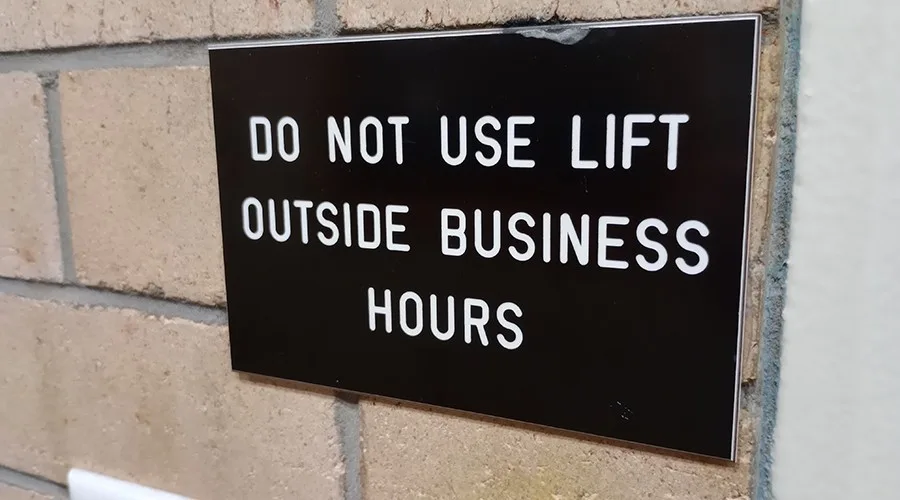
Image: Alex Kidman/Finder

Image: Alex Kidman/Finder

Image: Alex Kidman/Finder

Image: Alex Kidman/Finder
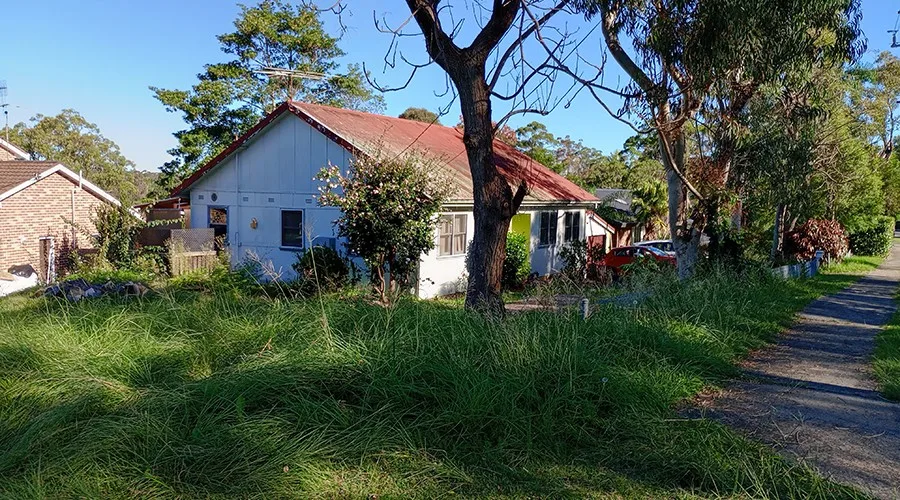
Image: Alex Kidman/Finder

Image: Alex Kidman/Finder
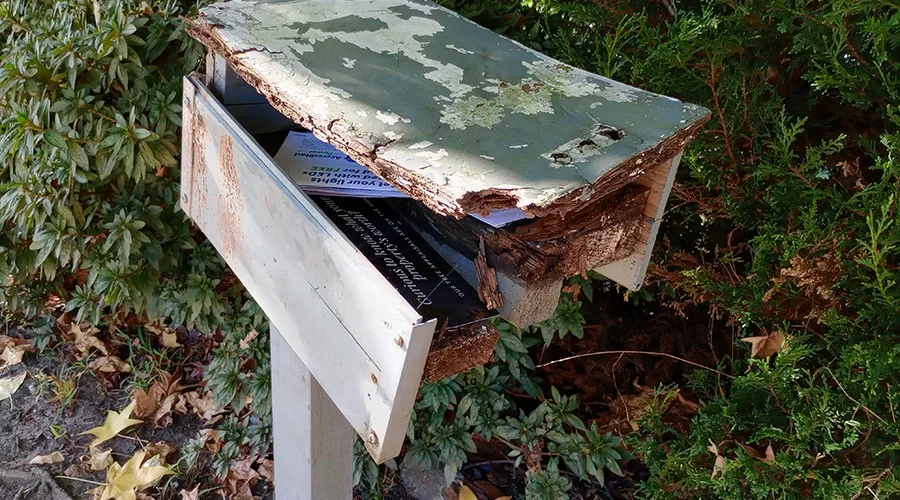
Image: Alex Kidman/Finder
Performance: Mid-range can be slow… but it shouldn't be this slow
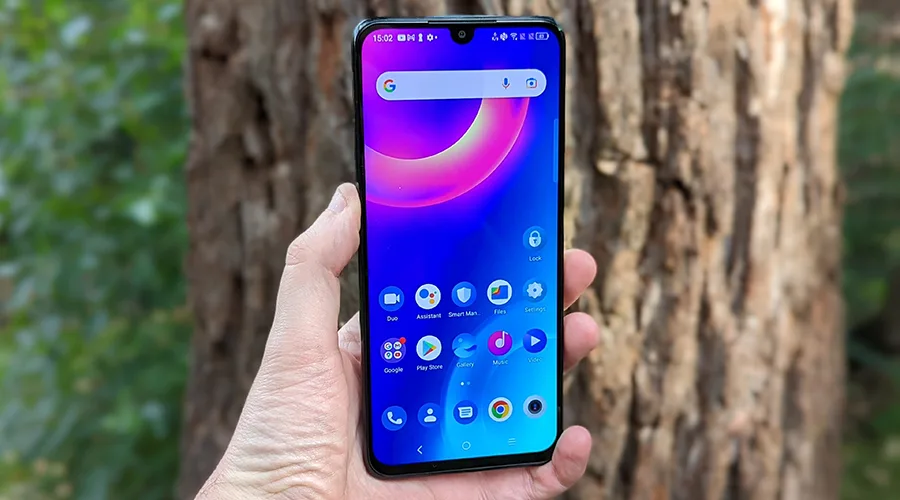
Image: Alex Kidman/Finder
TCL's opted for the MediaTek Helio G37 processor for the TCL 30+. It's not a processor set-up we've seen on that many phones just yet, with only the Motorola G22 locally available running with it so far.
The TCL 30+ matches the Helio G37 up with just 4GB of RAM and 128GB of onboard storage, a moderate recipe at this price point. On the GPU front, it's using an IMG GE8320 for display purposes
So how does all of that compare with what you could get for the same or similar money? At $399 you've got a broad range of choices to pick from.
Looking at the TCL 30+ from a comparative benchmark performance viewpoint, it doesn't fare well. Here's how that Helio G37 compares against similarly priced handsets:
The Helio G37 is pretty clearly a step behind what you can get for the same money. What then for its IMG GE8320 GPU?
I'm glad you asked. Here's how it compares against those same handsets using 3DMark's graphics benchmark tests:
If you're wondering why there's no score for 3DMark Wild Life there, it's because the TCL 30+ simply isn't powerful enough to run that particular benchmark. The scores from its competitors aren't great, but they're at least capable at that level.
That benchmark performance is reflected in how it performs in real life, too. When I was only using a single app at a time, it was mostly acceptable, but never quick. As soon as I had multiple browser windows open, or if I was using more intensive apps or any games, I hit significant slowdown.
The TCL 30+ is a 4G only phone. It's still not common to see 5G in its price bracket, but we do see it in some phones – and again, it feels like a pity that it's not present here.
On the software side, the TCL 30+ runs Android 12 with TCL's own TCL UI overlaid on top of it. TCL hasn't made any specific statements about future Android version upgrades, but its specification sheet does suggest it should see security upgrades through to December 2023.
It's nice to at least see some recognition of security updates, but what amounts to a little over 18 months commitment isn't terribly long, especially when competitors are offering multi-year OS and security update pledges.
TCL 30+ review: 5,010mAh battery delivers average results
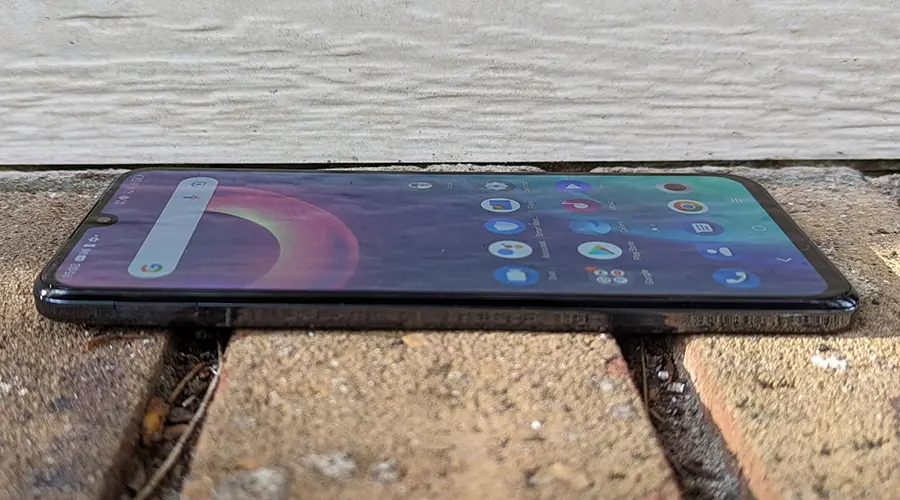
Image: Alex Kidman/Finder
The TCL 30+ runs with an internal 5,010mAh battery. At a strictly numerical level that's a figure that sits slightly ahead of the industry average of 5,000mAh, but it's not as though that extra 10mAh is going to make a huge difference to your everyday use.
Where I was curious was whether the TCL 30+'s slower performance would lead to better battery life. If you're not running as fast and hot, in theory at least you should have more power left after a day's usage.
The reality for the TCL 30+ is that it is at best average when it comes to battery performance. It's entirely possible to get a day's battery usage out of it under all but the heaviest of usage, but that's about all it will do.
Here's how it compared against similarly priced handsets at the time of writing using Finder's battery life test:
That 93% figure is the best in class, but it's still not exceptional; right now I tend to get around 92% or 93% from most phones, indicating that they'll last a day but not much more.
TCL does include a charger in the box. Charging is via USB C, because we're finally – and quite thankfully – seeing the death spiral of harder to use micro USB chargers.
Should you buy it?
- Buy it if you can get it at a significant discount.
- Don't buy it if you want a good value phone for the asking price.
There's not too much that the TCL 30+ does wrong in a technical sense. It's not the fastest, the cameras aren't great, and TCL's track record with Android upgrades isn't the best.
None of these problems are insurmountable at this price, but there is a bigger and more obvious issue. At $399, you can absolutely get a better and faster and more capable phone than the TCL 30+, and it presents essentially no reasons why you shouldn't.
If TCL could bring it to market at around $100 cheaper – or if you can score a bargain on one – then it'd definitely be worthy of consideration. At full price though, it's a hard phone to justify.
TCL 30+ review: Pricing and availability
The TCL 30+ retails in Australia for $399 outright.
Specifications
Display
Camera
Physical Dimensions
Connectivity
Power, storage and battery
Device features
How we tested
I tested the TCL 30+ over a 2-week period, using it daily for everyday app tasks, photography and a range of performance and battery life benchmarks. The TCL 30+ was compared against a range of previously tested smartphones selling at or near the same price at the time of the review.
The TCL 30+ handset used in this review was loaned to me by TCL for the purposes of review.
I've been reviewing technology for more than 2 decades now. That's a long time and a lot of technology, and along the way I've picked up a number of Australian IT journo awards, including awards for best reviewer and best technical journalist.
Alex Finder
Senior editor
You are about to post a question on finder.com.au:
- Do not enter personal information (eg. surname, phone number, bank details) as your question will be made public
- finder.com.au is a financial comparison and information service, not a bank or product provider
- We cannot provide you with personal advice or recommendations
- Your answer might already be waiting – check previous questions below to see if yours has already been asked
Finder only provides general advice and factual information, so consider your own circumstances, or seek advice before you decide to act on our content. By submitting a question, you're accepting our Terms Of Service and Finder Group Privacy & Cookies Policy.
This site is protected by reCAPTCHA and the Privacy Policy and Terms of Service apply.

